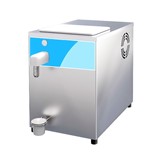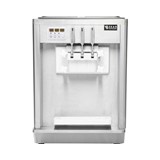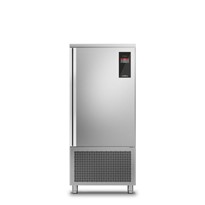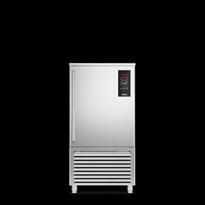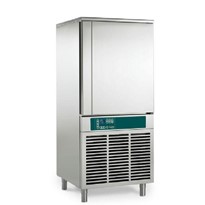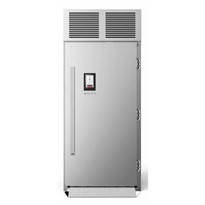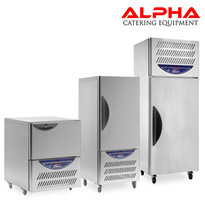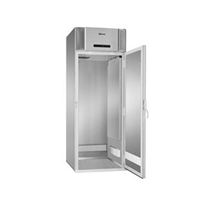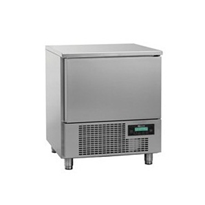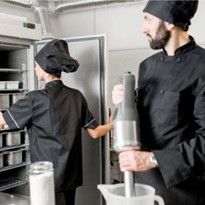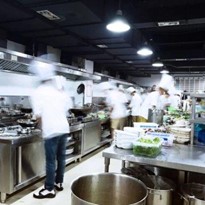A Blast Chiller is also known as a Shock Freezer. They are designed to rapidly cool food items to preserve the flavour and molecular structure.
What a blast chiller does is to freeze products over a very short period time, which then does NOT allow the molecules to form chucnks of ice like snow flakes. The fasterthe freezing process, the smaller the ice formation.
If you have ever had frozen peas, corn, beans, fish, prawns, potatoes, ice cream, paddle pops, icecles, a frozen meal etc, then they have all been through a blast freezer.
If you have ever had ice cream that is crucnhy and icy, then that is because the freezer door was left open, the product softened, the door was closed and the product took many hours to refreeze. This long time to refreeze allowed the ice to form - and that is why is was crunchy. It may have even changed colour and what was once white, might now have a tinge of yellow.
Blast freezers are integral part of the ice cream manufacturing process, and in deed are an integral part of many commercial kitchens.
As an example, a 5L tray of ice cream, can be frozen from -10 degrees to -22 degrees at the core in around 30 minutes. In a domestic freezer, that would take at least 8 hours.
The faster this process is, the creamier the ice cream product remains.
Blast chillers come in all sorts of sizes, from small 2 x 5L trays to walk-in freezers with push trolleys. They even exist on deep sea fishing trawlers to lock in the freshness of the catch, right their on board.


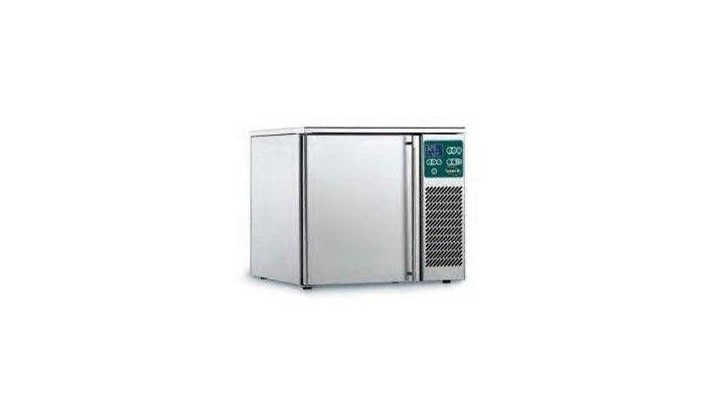
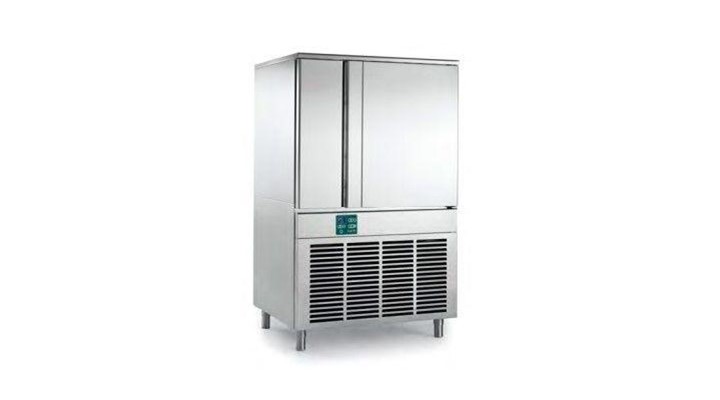
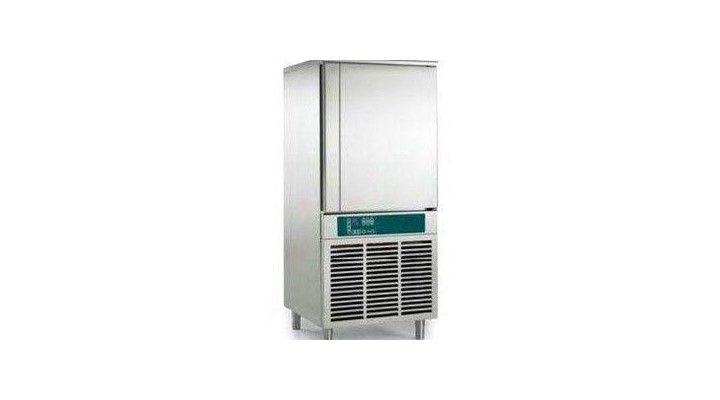



-160x160-state_article-rel-cat.png)

-160x160-state_article-rel-cat.png)






